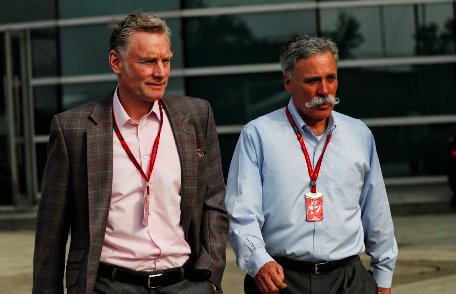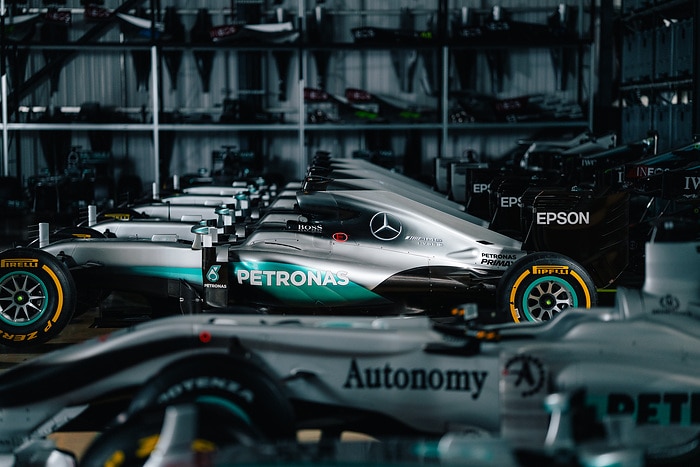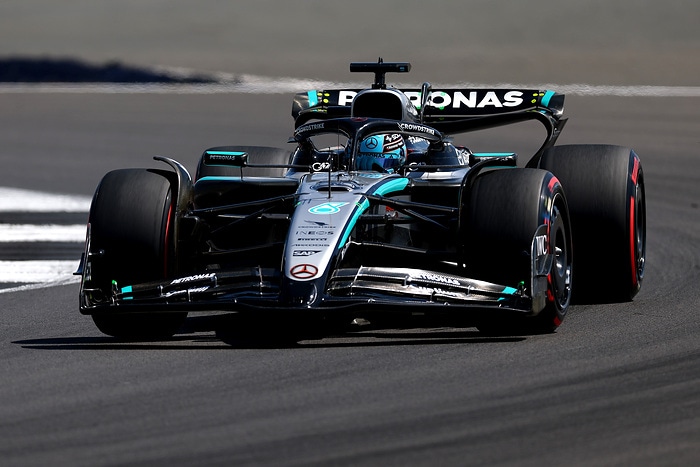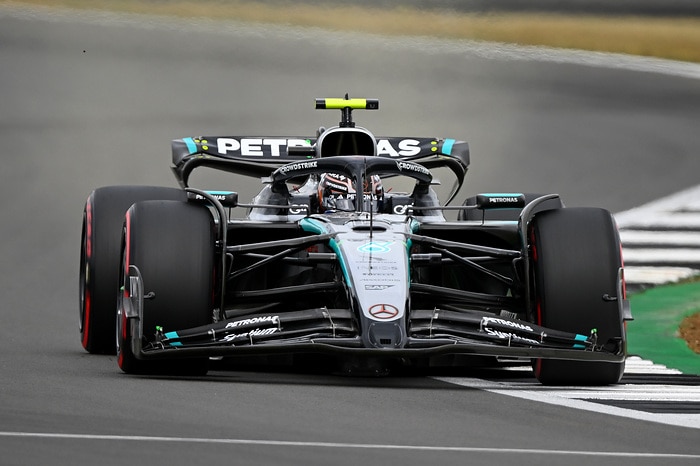
Although it was a painful weekend for Ferrari the real take home from the Italian Grand Prix at Monza last weekend was the enthusiasm of the crowd and, on reflection, this fits a pattern we have seen this season on the so called ‘classic’ circuits like Silverstone, Spa and Monza.
The drivers like Vettel and Hamilton praise them because of the unique challenges each presents from a driving point of view, but there is evidence that Liberty Media’s appointed bosses in F1 are getting the message too.
They had been saying the right things about the classic tracks at the start of the year, about how they must remain part of the calendar and how important they are for the historic value of the sport. But they hadn’t properly experienced them at that point.
Monaco was the first opportunity, although Chase Carey had discreetly visited in 2016. Silverstone, Spa and Monza this year were of a different level of magnitude in terms of enthusiasm from recent years and the message from the fans at the venue seems to have got through to the bosses.
So did the numbers: Silverstone saw 344,500 spectators over the four days from Thursday to Sunday, Spa had a crowd of 265,000 spectators (an increase of 11.8% over 2016), Monza received 185,000 spectators at the track over the four days of the event, up 32.8% on last year, according to F1 Management figures.
Sean Bratches said after Monza, “I think the passion and emotion and energy and excitement amongst this fanbase was captivating. It was very contagious, and I had a wonderful grand prix, not only on a business level, but on a personal level.”
This is important because these circuits need to be cut some slack. I’ve never understood how F1 under Bernie Ecclestone could reward the F1 teams so generously for being part of the history of the sport, especially Ferrari, when there was no value seemingly apportioned to the history that Monza or Silverstone bring to F1.
If the whole calendar were made up of races on new tracks like Abu Dhabi and Shanghai, it would still be a valid world championship, in attractive locations, but there would be no traditions to build on. And also those races don’t get crowd figures like Silverstone or Spa.
When I interviewed Carey back in April I asked him whether it was a priority to ensure that those “classic” races are properly sustainable and part of the ongoing fabric of the sport?
“Very much so,” he replied.
“We have great events around the world, but the foundation of this sport is Western Europe, which is largely where the tracks you’re talking about, exist. That’s tremendously important and what we want to do is to build.. but very much recognise that the foundation is critically important. So not grow at the expense of the foundation, but I think your foundation needs to be strong and continue to make it stronger and then we can add the dimension of further growth but those historic events are an incredibly important part.”
That was before he had seen any of it in action.
So for me, one of the most positive stories of the F1 2017 season so far has been the ‘bounce’ at the classic tracks and we can only hope that when contracts come to be renewed the unique contribution that these tracks make to the F1 story and the F1 ecosystem will be recognised.
What do you think of what we have seen from the classic venues this season? Leave your comment in the section below
Source :https://www.jamesallenonf1.com
























